It’s What’s Inside That Counts
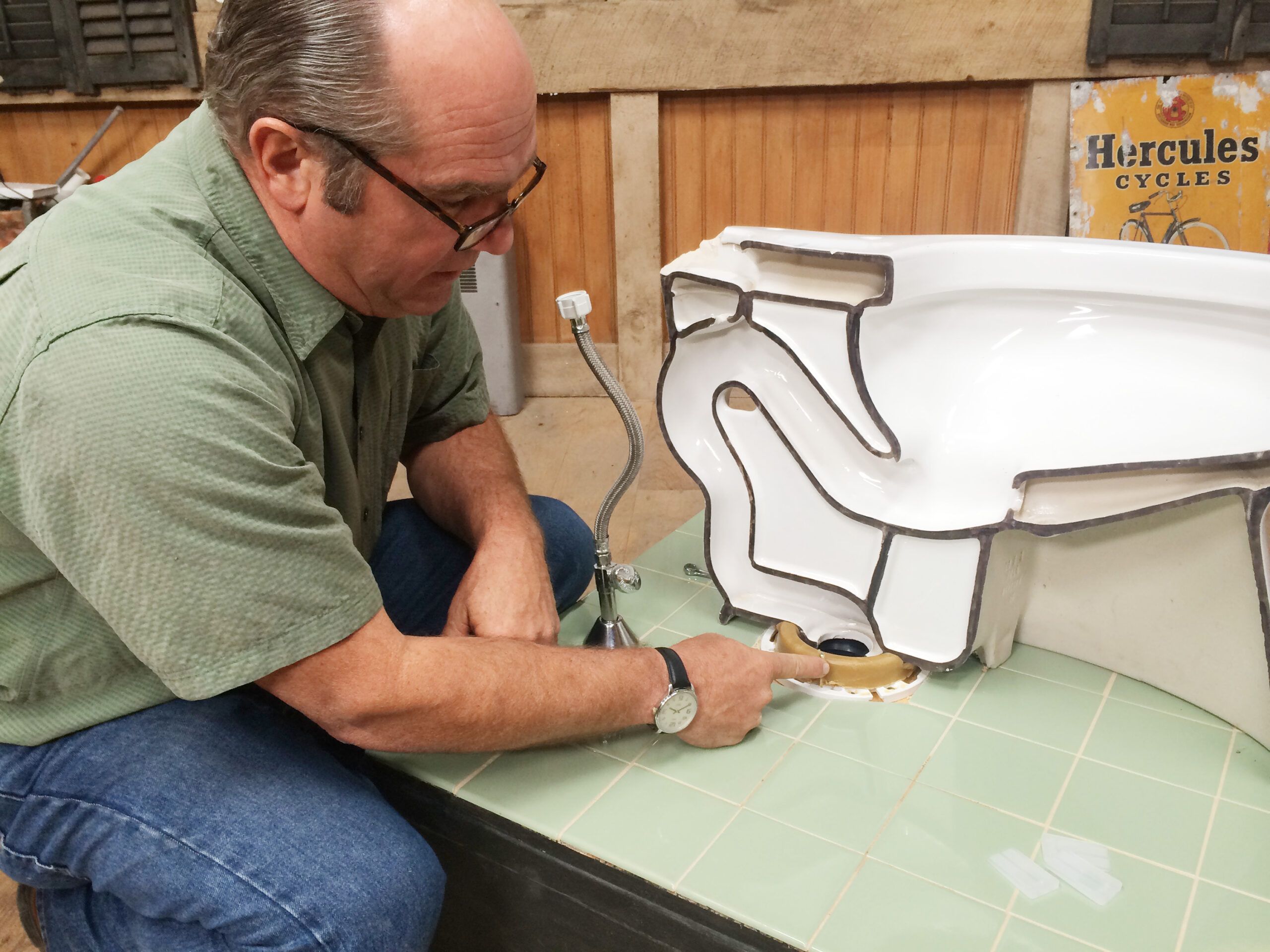
If plumbing is a mystery to you, you’re not alone. “Many people have no idea how water gets to their building, how wastewater leaves, or how their house is heated or cooled,” says This Old House plumbing and heating expert Richard Trethewey. “So my role in the past forty years has been to demystify that technical world. And it is almost impossible without a cutaway. I am the great bisector.”
Wielding band saws, rotary tools, hacksaws, and more, Richard has cut up at least 60 items—from garbage disposers and water heaters to dozens of valves and pipes. Here, he explains some of his favorite teaching tools.
Garbage Disposer
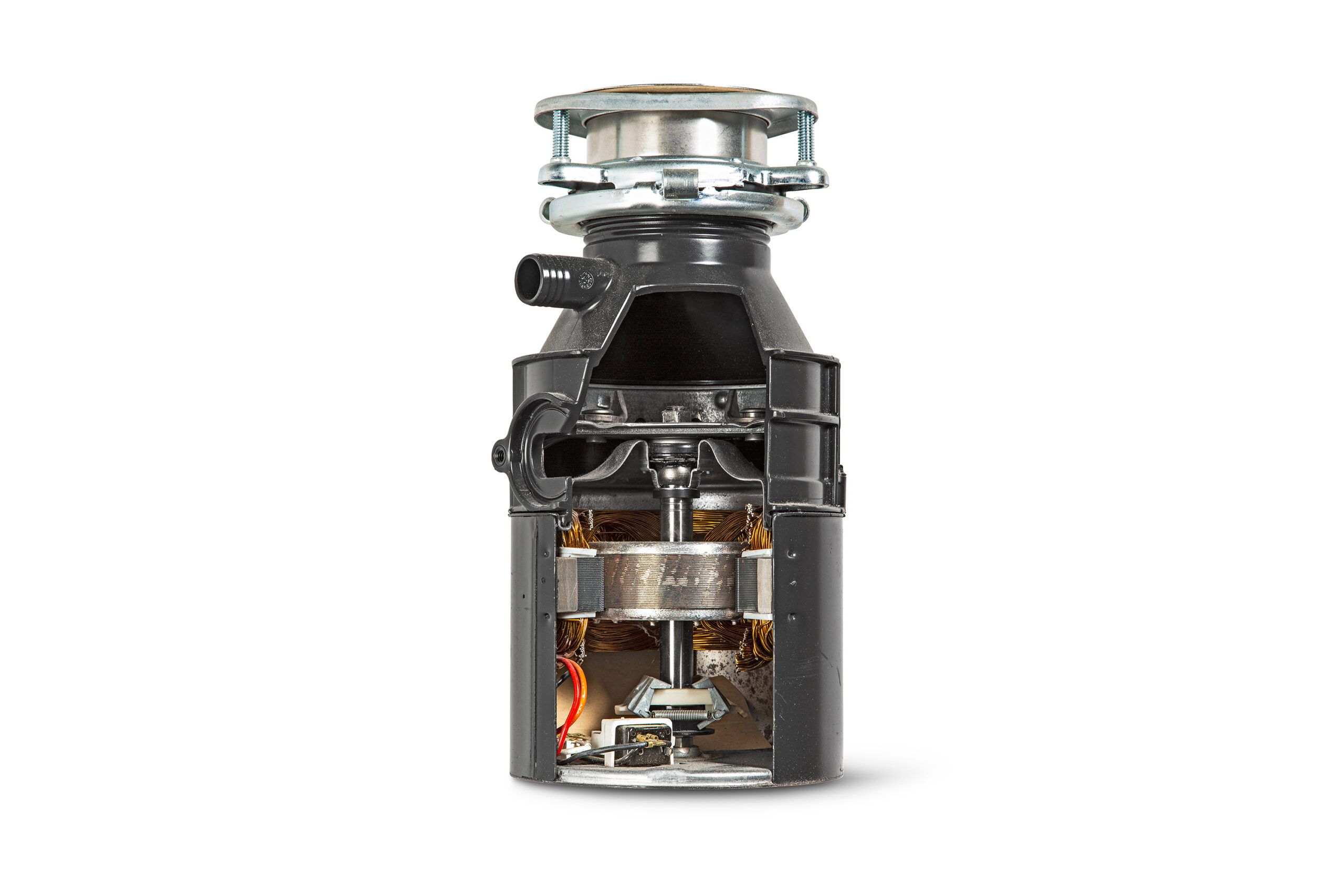
“This was my very first cutaway for Ask This Old House, so it is my first love. It made me realize how valuable a cutaway is in showing how things work—we could show the blades, the motor, and all the way down to the reset button on the bottom. It’s been great for explaining how to repair a garbage disposer.”
Thermostatic Shower Valve
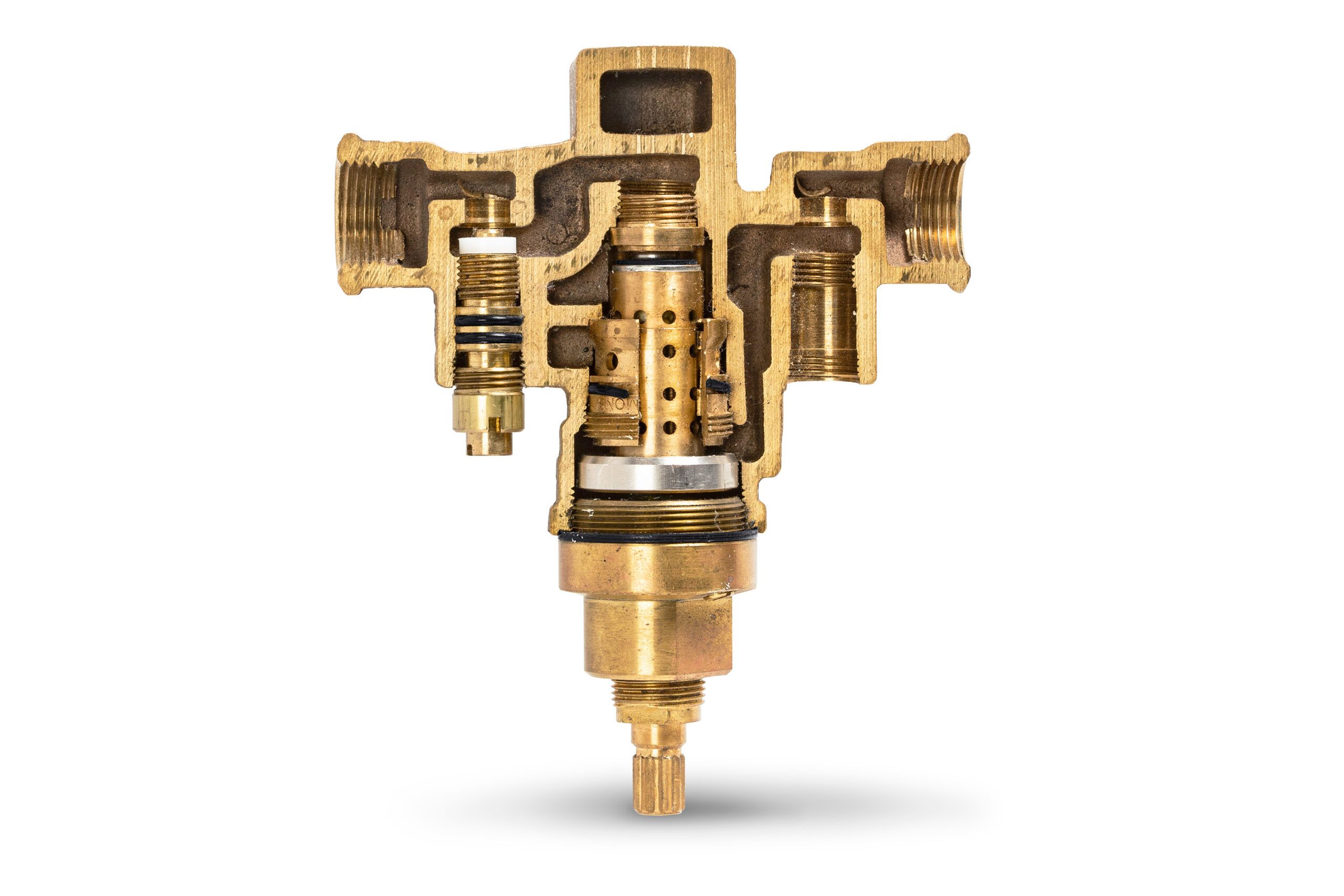
“There is perhaps no one thing more amazing in residential plumbing than the pressure-balanced valve for safety and comfort, because it takes hot and cold water and constantly delivers the right temperature.”
Siphon Jet Toilet
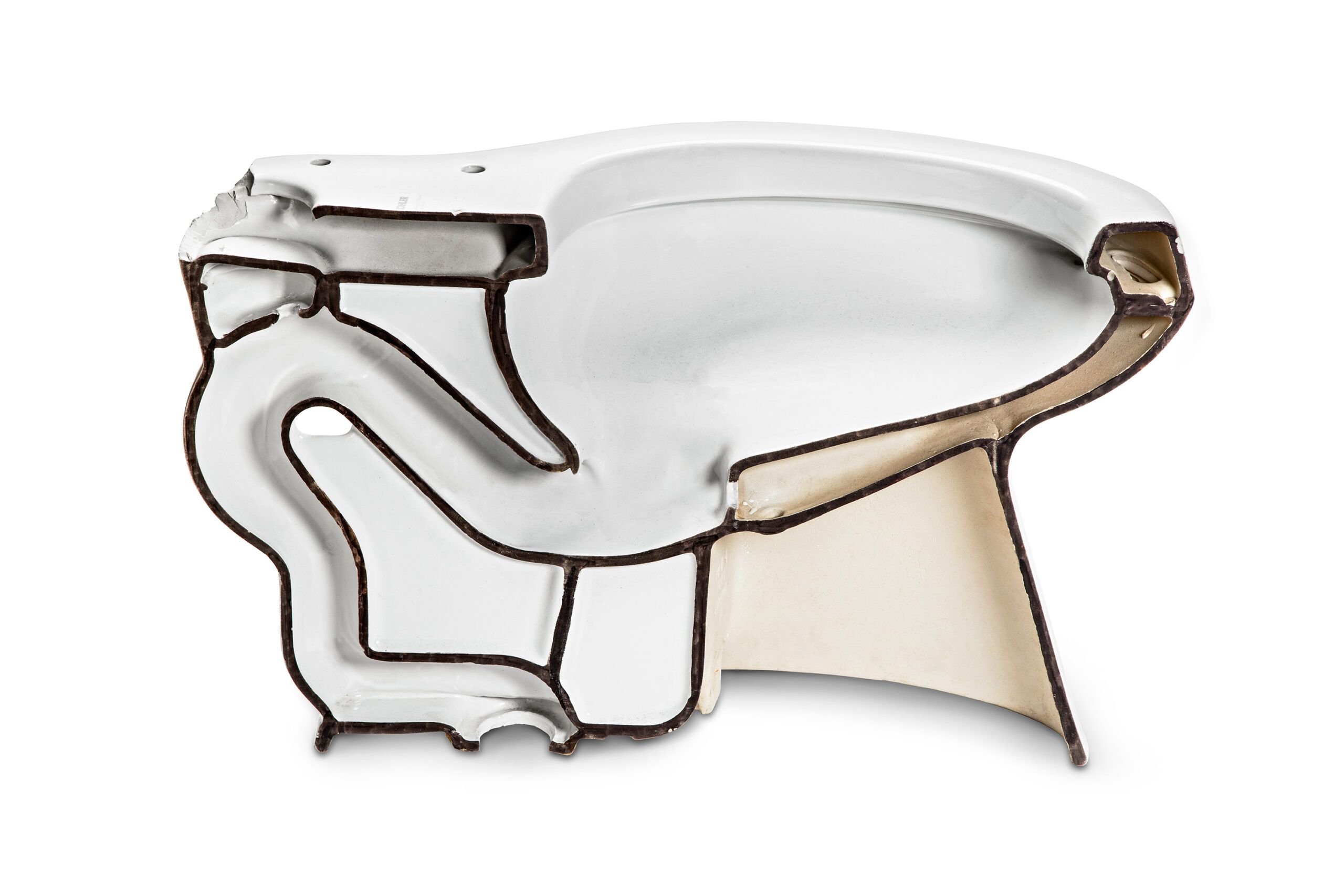
“Billions of toilets function flawlessly every day based on a simple principle, the siphon jet. The design has a short leg and a long leg; water is pushed through a small hole at the base of the bowl to start a siphon—the combined effect is to flush everything away. This cutaway has been on The Tonight Show, and on AskTOH at least ten times.”
Pressure-Reducing Valve
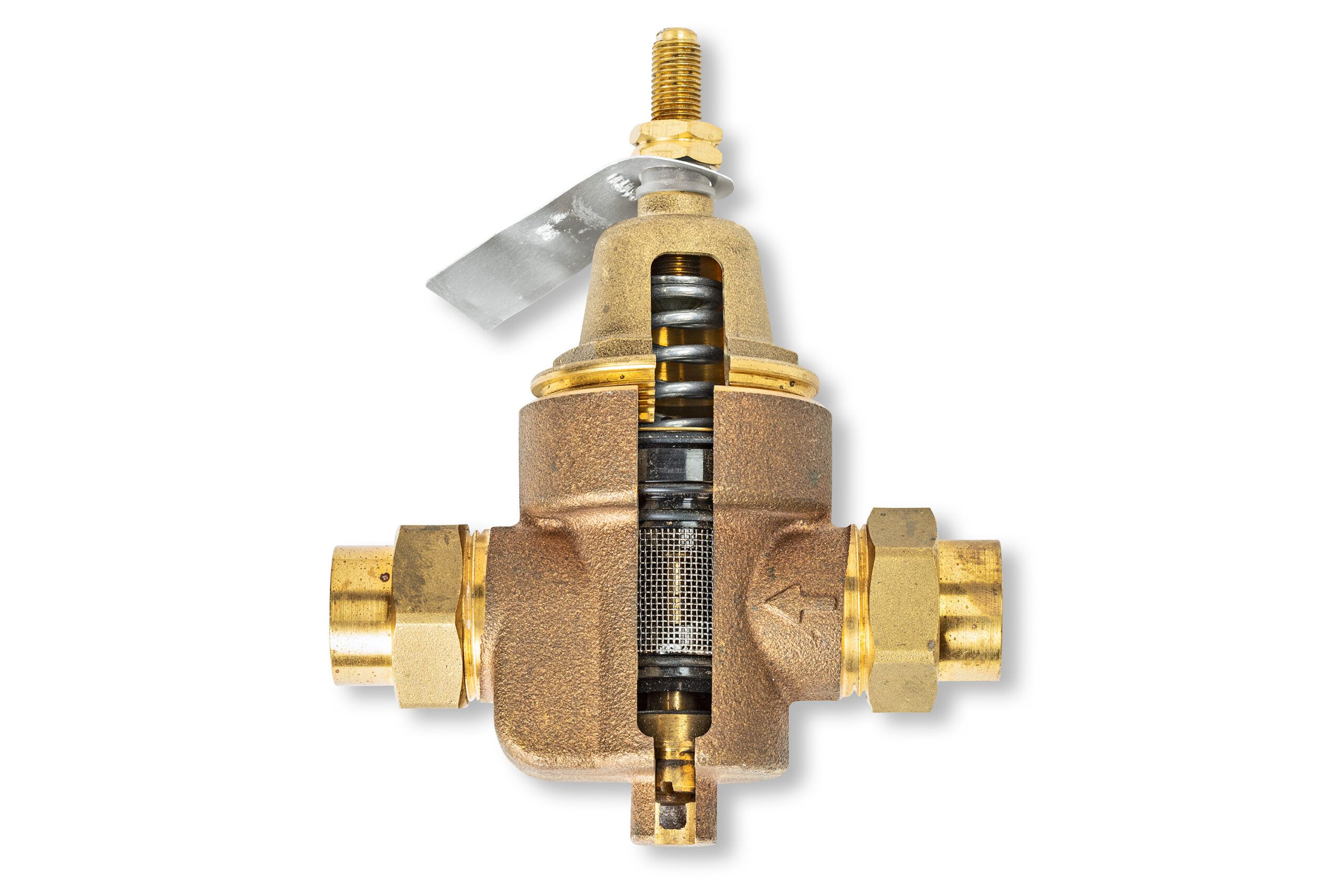
“This device goes on the water main coming into a building in areas where the municipal water is supplied at a pressure that is too high, anything over 75 psi. Its spring-loaded core acts like a shock absorber, sending water at just the right amount of pressure—we look for 45 to 50 psi—into the house.”
Standard Stop-and-Waste Valve

“The most common plumbing valves all stop and regulate the flow of water, but their design has evolved over the years. The standard stop-and-waste valve, which is still used for branch lines in houses, relies on a rubber washer that will wear out eventually. A better option is the gate valve, which has a guillotine bronze wedge driven down into a gate to close off water; it has long been used on water mains. But it has its limitations, too; over time electrolysis can rot the threads into a closed position.”
Gas-Fired Tank-Type Water Heater
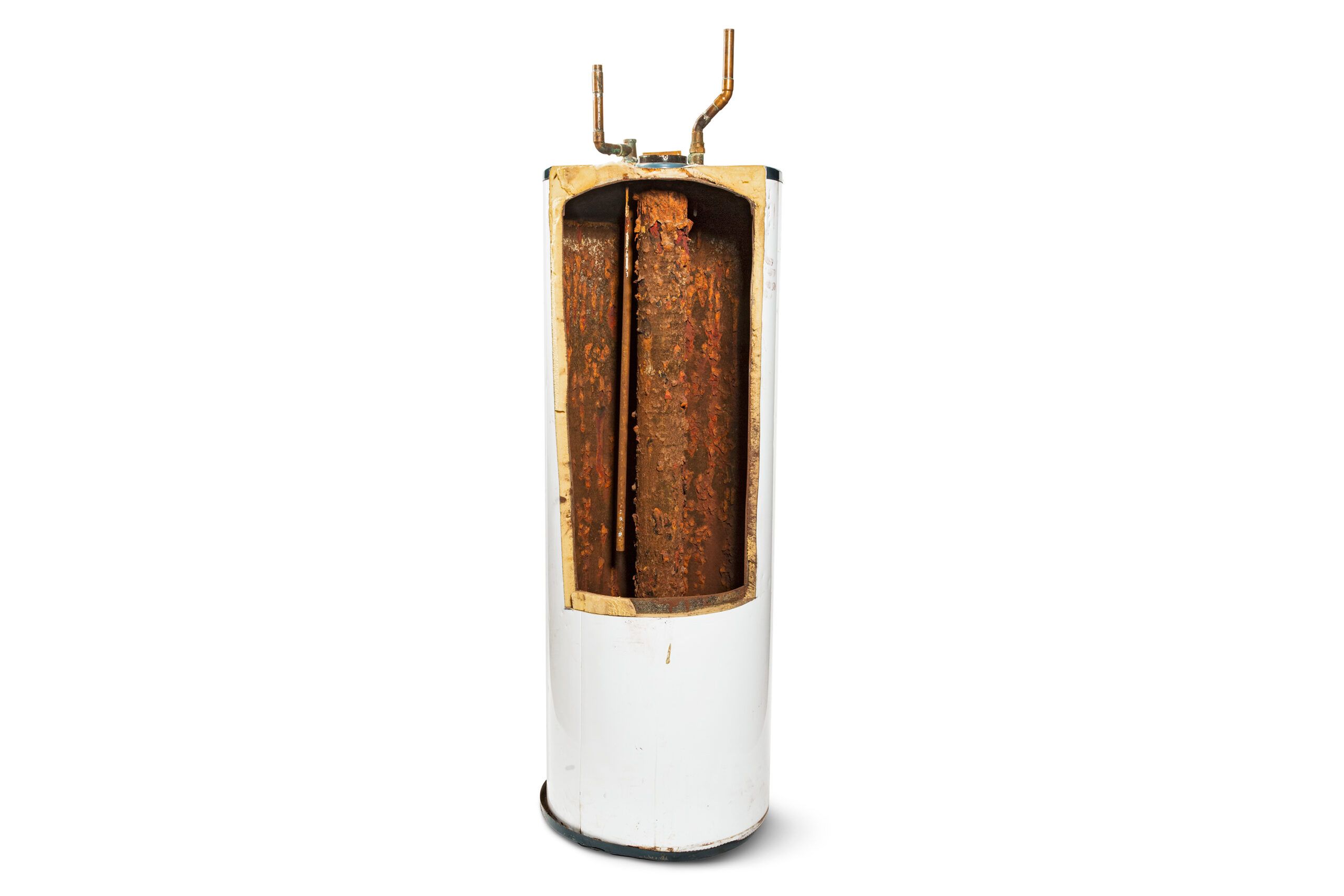
“No cutaway has given us more mileage than Old Rusty Water Heater. It’s the only way you can see the important components inside—the dip tube, the anode rod, and the steel tank construction—and get a sense of why every water heater has a limited life span due to corrosion.”
Ball Valve
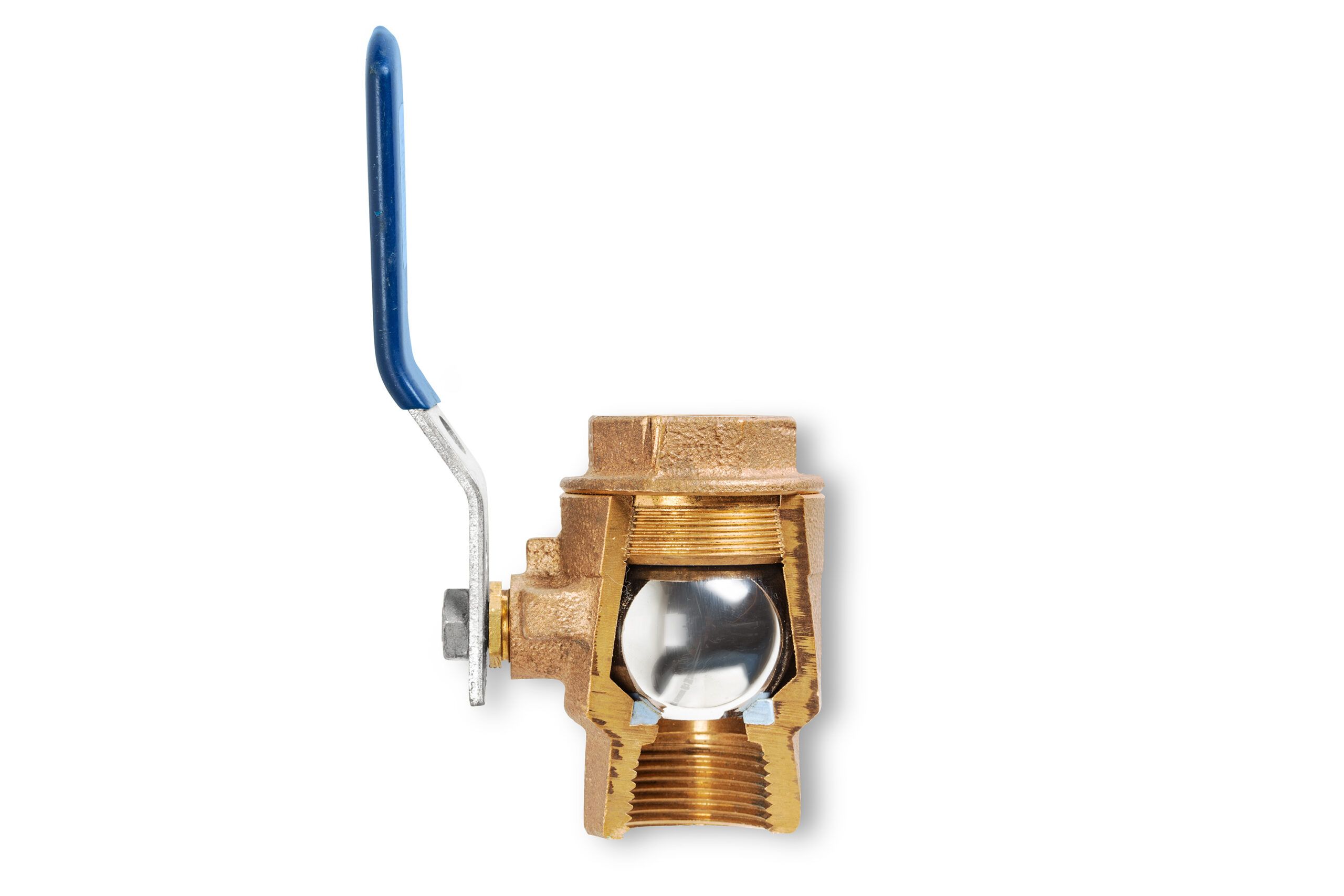
“The invention of the ball valve was revolutionary. It has a stainless-steel ball inserted next to a special material that will never wear out. It is clearly the valve of choice. Many plumbers now use ball valves everywhere for their long service life.”
Temperature and Pressure Relief Valve
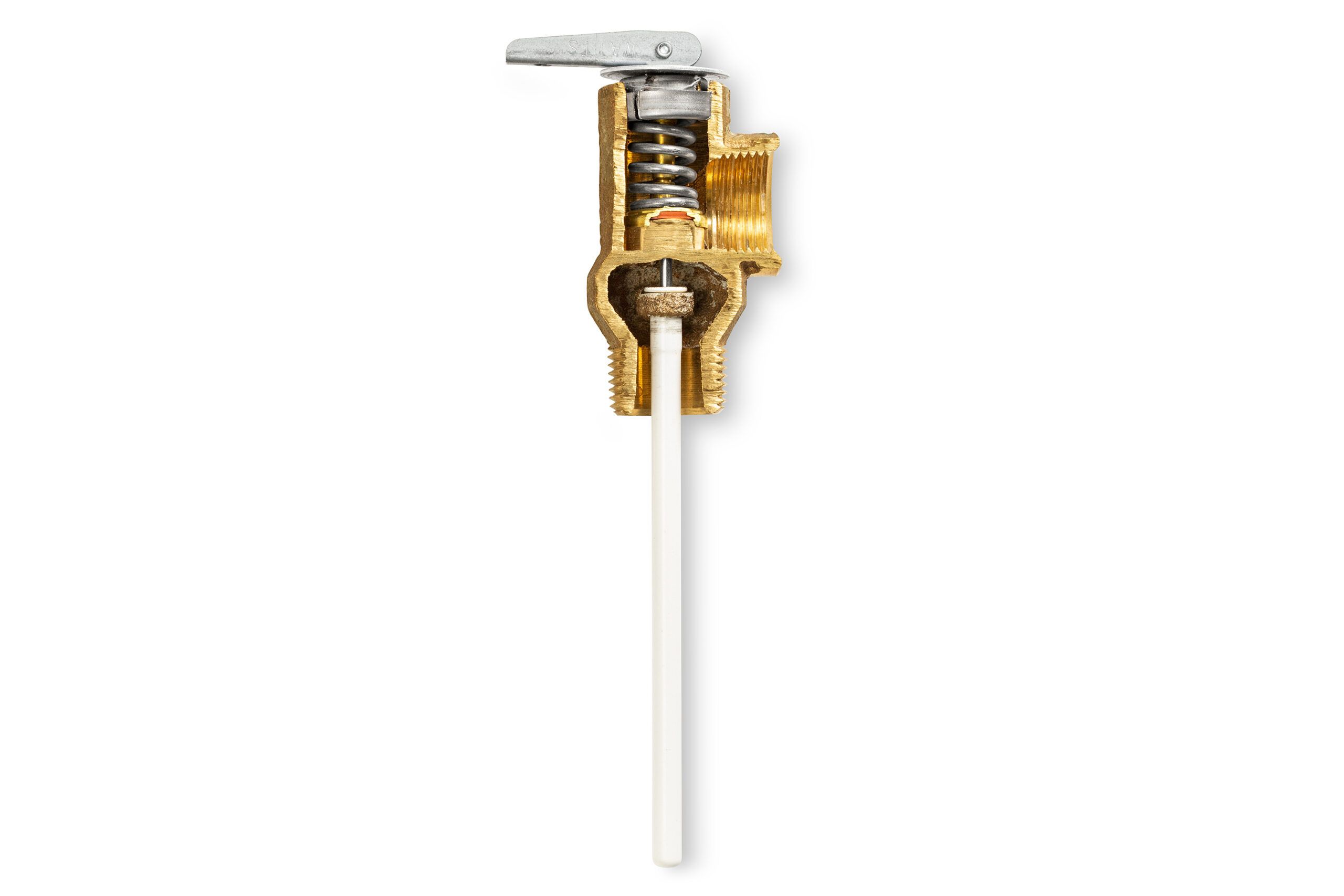
“This is absolutely one of the most important safety devices in a house, designed to relieve pressure if a water heater ever gets to an unsafe pressure. We don’t want water heaters ever going airborne again.”
Water-Hammer Arrester
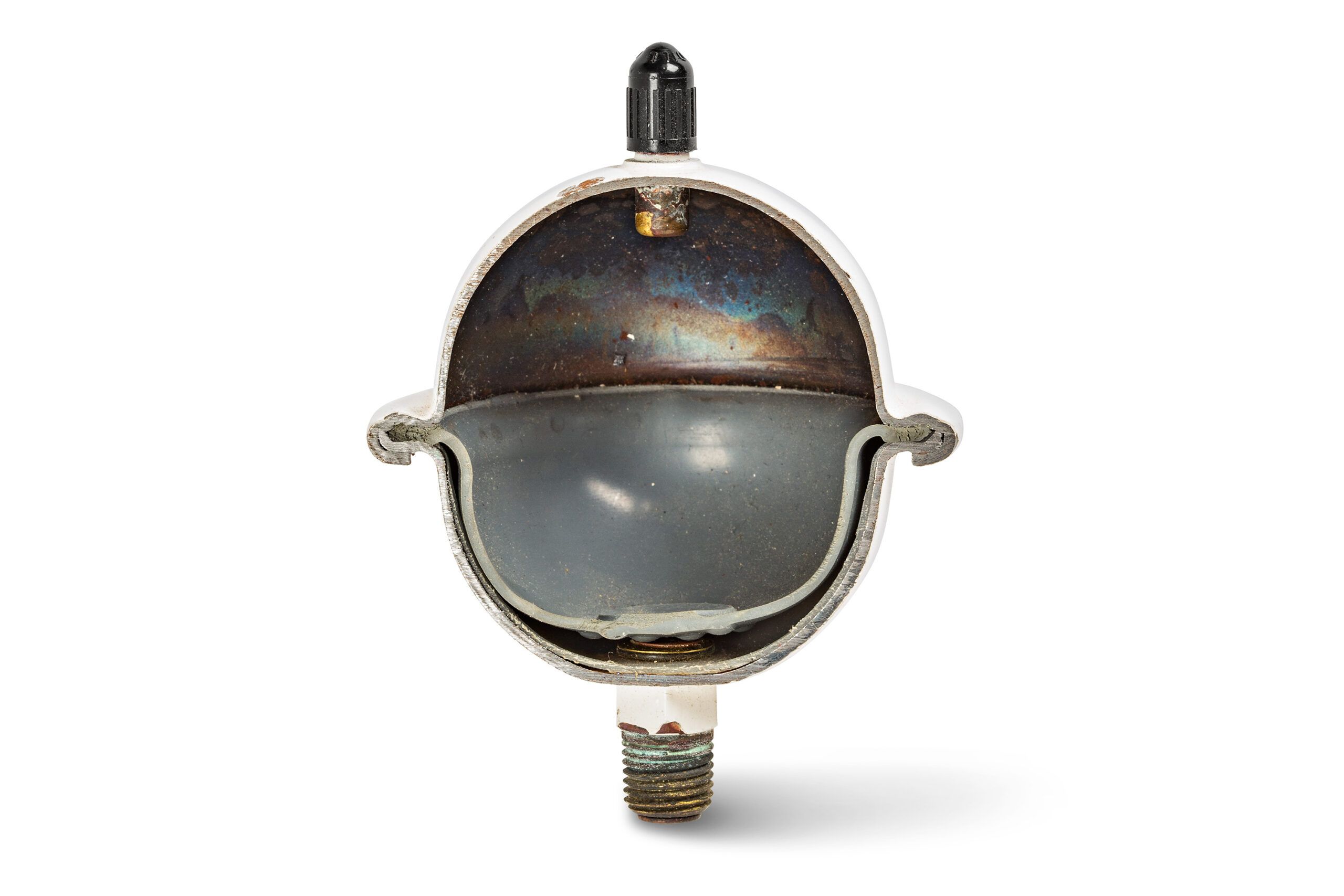
“So many plumbing complaints begin with, ‘It makes a noise like this…’ and that’s generally because too much water is moving through a pipe and then stopping suddenly. That’s where the ‘water hammer’ reference comes in. An arrester is basically a chamber that sits inside the plumbing system with a neoprene gasket inside and air pressure on one side and water on the other. Oncoming water hits the equivalent of a trampoline—the gasket, which acts like a shock absorber, then lets water pass through.”
